-
Welcome to Tacoma World!
You are currently viewing as a guest! To get full-access, you need to register for a FREE account.
As a registered member, you’ll be able to:- Participate in all Tacoma discussion topics
- Communicate privately with other Tacoma owners from around the world
- Post your own photos in our Members Gallery
- Access all special features of the site
Multi-amp Wiring?
Discussion in 'Audio & Video' started by Ihatetacomas, Jan 11, 2015.
Page 1 of 2
Page 1 of 2


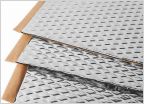 Improving my new speakers sound quality
Improving my new speakers sound quality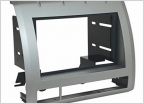 Which aftermarket double din dash kit did you get?
Which aftermarket double din dash kit did you get?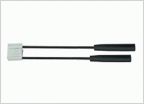 Factory head unit swap?
Factory head unit swap? 2015 DCSB entune speaker upgrade
2015 DCSB entune speaker upgrade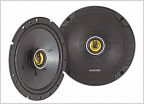 4x Amp suggestions please
4x Amp suggestions please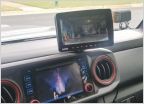 Backup camera video on a tablet
Backup camera video on a tablet













































































